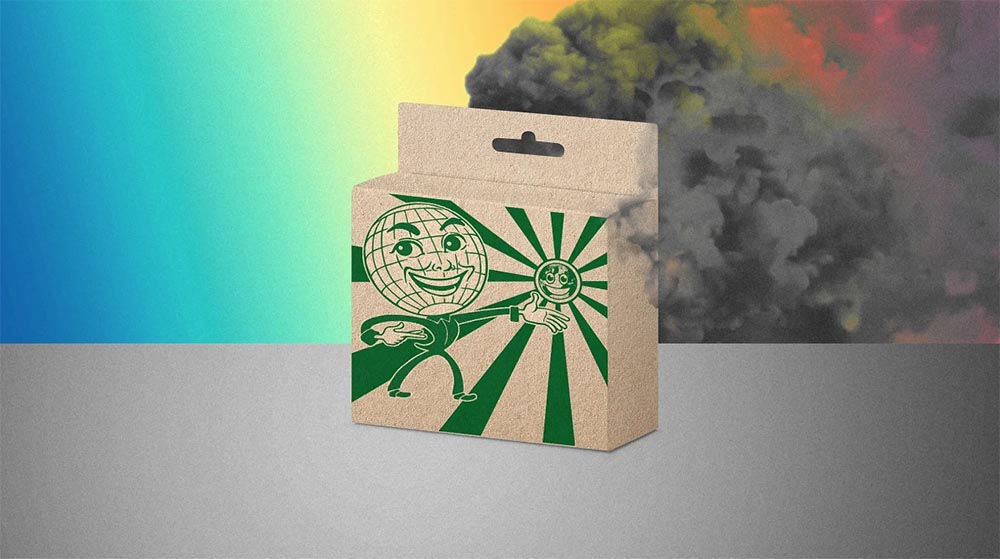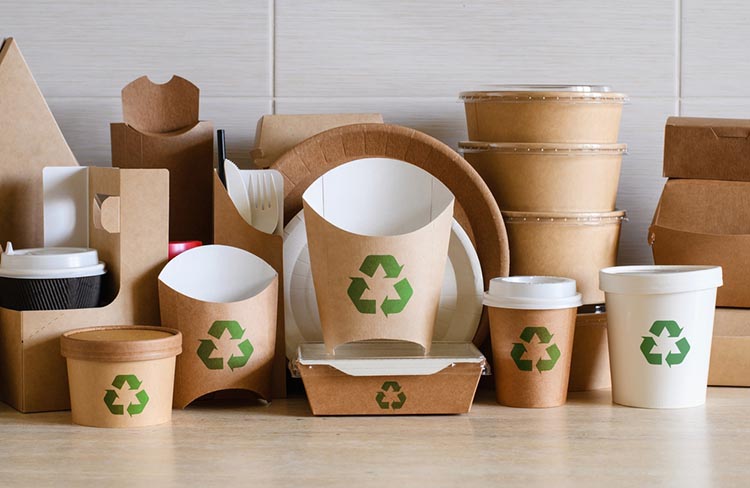Europe is taking a stand against misleading claims on product packaging, which could potentially lead to greater authenticity or the emergence of alternative terminology. The end may be near for the era of “Net Zero by 20-fill-in-the-blank” marketing, especially within the European Union.
A new set of regulations is on the horizon, aiming to eradicate ambiguous language from products. Terms such as “environmentally friendly,” “eco-friendly,” “green,” and many others will be banned. The regulations will disallow claims of neutral, reduced, or positive environmental impact that rely on carbon offsetting schemes.
The Role of Regulations in Shaping Eco-Conscious Marketing
In essence, companies will be required to provide substantial evidence to support their sustainability claims. This shift could potentially prompt corporations to reassess their sustainability budget allocation, paving the way for designers to create more ecologically conscious designs and marketing.
While these regulations may empower designers to advocate for genuinely sustainable practices, there is a lingering question of whether they will be sufficient or if they will inadvertently give rise to a new wave of greenwashing tactics and aesthetics.
The upcoming regulations not only target vague language but also aim to tackle other common greenwashing tactics. The European Union will take strict action against the use of unapproved certification labels.
There are over 230 packaging labels related to sustainability and 100 more associated with clean energy in circulation. Furthermore, subtle forms of deception, such as exaggerated claims about product repair ability or durability, will also face scrutiny.

A Closer Look at Apple’s Sustainability Claims
Sandro Kvernmo, the creative director at Goods, an Oslo-based design agency specializing in sustainable packaging analysis and design, highlights the ease with which companies can claim sustainability.
Kvernmo suggests searching “apple.com/environment” and jokingly remarks that the website “has to be illegal.” In this regard, certain claims made on the website may not meet the forthcoming regulations’ stringent requirements.
Apple recently launched a campaign to introduce their first carbon neutral Apple Watch, accompanied by a special carbon neutral logo. This claim is partially true. The specific configuration of the Series 9 with an aluminum case and the “Sport Loop” band is climate neutral. Other configurations do not meet this carbon neutral standard.

Class-Action Lawsuits and the Battle against Greenwashing
The method through which the EU will regulate these claims remains uncertain. Being a multinational government entity, it will depend on various regulatory bodies to evaluate assertions made by companies like Apple.
However, an initial draft of the proposed regulations projects the estimated cost for businesses to range between 9.1 and 10.4 billion euros. On the other hand, they anticipate an increase in consumer welfare by 12.5 to 19.4 billion euros and a reduction of 5 to 7 metric tons of CO2 emissions over a span of 15 years.
According to the EU’s own data, 53% of claims that imply positive environmental impacts lack substantiating evidence. Additionally, 40% of these claims have no supporting evidence whatsoever. This year alone, there were over 100 class-action lawsuits related to such claims, targeting brands like Amazon, Nike, Allbirds, McDonald’s, Walmart, REI, Evian and Colgate.
According to Kvernmo, designers are often not equipped with comprehensive knowledge in every aspect. Thus, when a manufacturer asserts that a product is eco-friendly, a graphic designer may hesitate to question it. This is because packaging designers typically rely on manufacturers to authenticate the messages they incorporate into product packaging.
However, if graphic or packaging designers are aware of the support from lawmakers, they may feel more empowered to scrutinize the claims made on the labels they are designing, especially when it comes to determining the true sustainability of a soda bottle labeled as “climate-friendly.”


